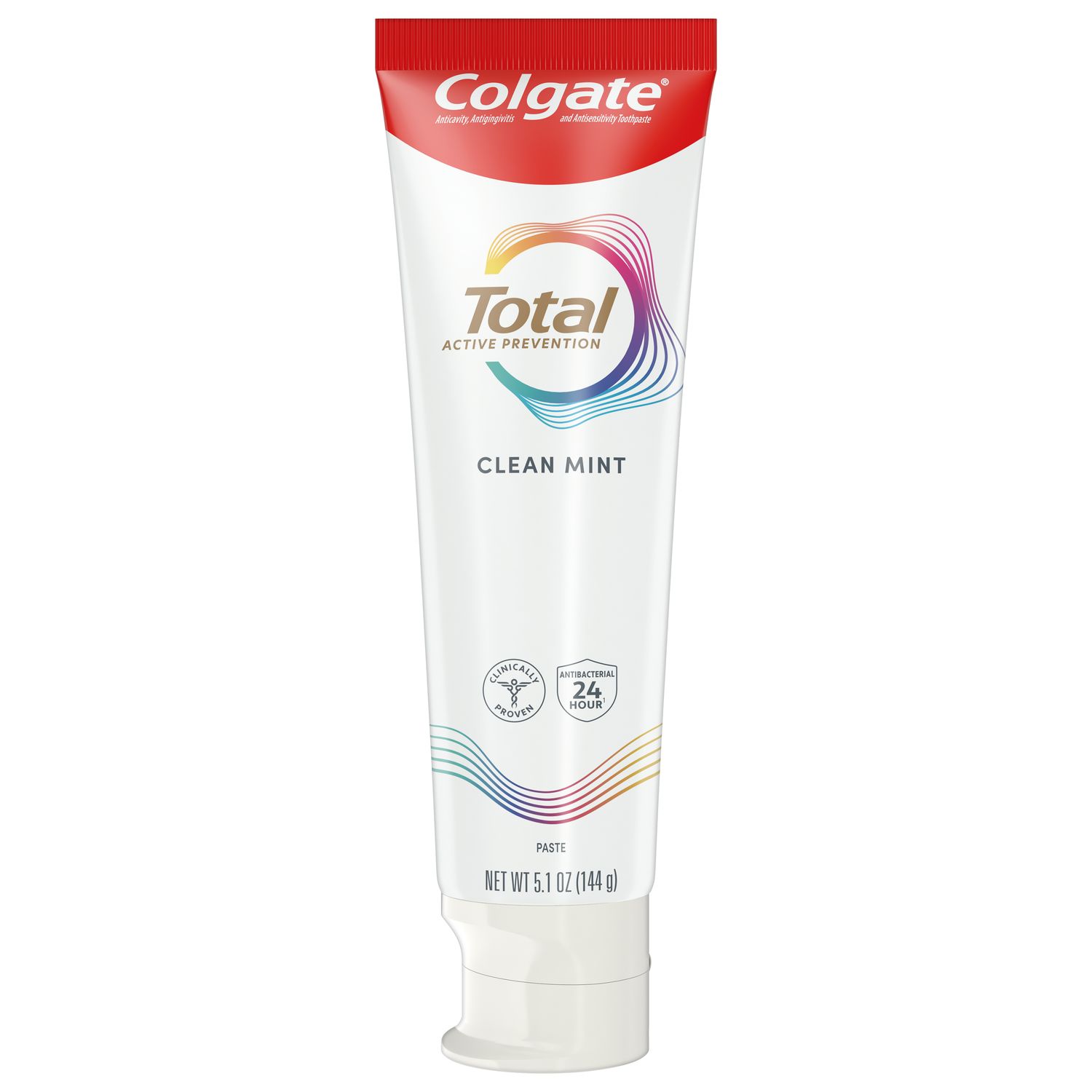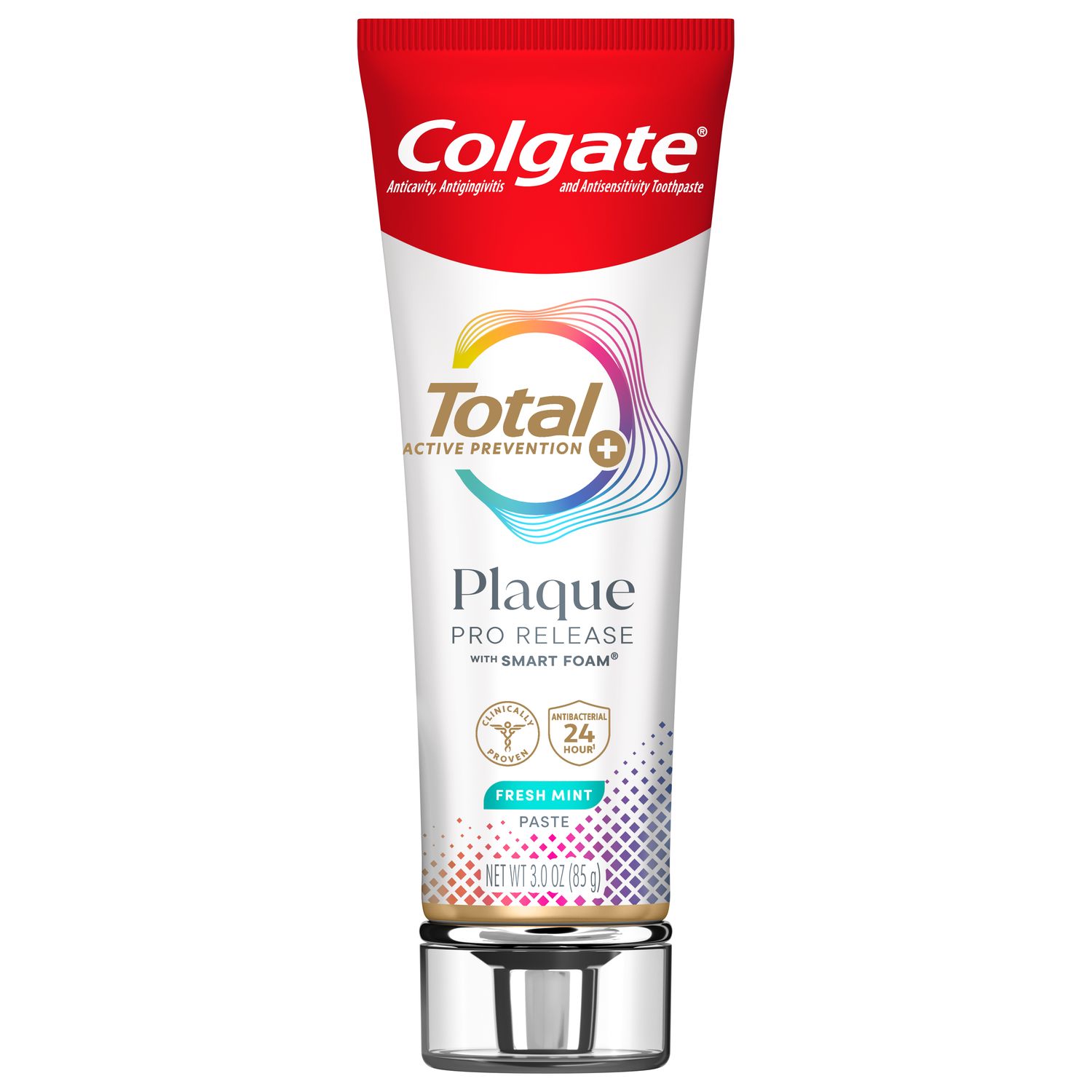
Different lasers have different functions. Understanding the differences between the types of lasers, how they work and their uses will help the dental office to identify which would be most helpful and for what if your office is considering lasers.
Types of Lasers
Dental Lasers can be categorized by their medium, wavelength, and types of tissue they are used for. Hard-tissue lasers have been used for bone cutting, caries detection, whitening, restorative care and as desensitizers. Soft-tissue lasers are used for the removal of hyperplastic tissue, periodontal care, frenectomies, gingivectomies, gingival recontouring, photostimulation of herpetic lesions and wound healing, with the type of laser depending on the procedure.
Periodontal Care and Lasers
The use of lasers alone and as adjunct therapy during periodontal care has gained ground. Nd:YAG lasers are used for surgical procedures, and Nd:YAG and diode lasers are used for non-surgical periodontal care and the Laser Assisted New Attachment Procedures (LANAP). Erbium lasers are also used for periodontal procedures, including debridement and decontamination of root surfaces. As noted by the AAP, “Lasers are a part of a diverse treatment repertoire, and there are countless reported successful outcomes in their use.” Understanding the evidence and guidance for lasers as part of therapy and as an adjunctive therapy is important in determining clinical recommendations for care.
What does the evidence show?
We hear a lot about successful outcomes using lasers. There are studies showing an effect and others that don’t, with a lot of variables in the studies we have giving different results. So, the evidence is mixed for the use of lasers alone or adjunctively, and controversy exists. An expert panel reviewed the evidence and produced the AAP Best Evidence Consensus Document. They found that adjunctive laser-assisted therapy may provide a modest incremental benefit, while some case reports indicate that clinically meaningful improvements may occur in some cases. The potential for periodontal regeneration is also present. The panel also concluded that antimicrobial photodynamic therapy may hold promise in benefitting periodontal therapy outcomes where there are residual periodontal probing depths ?5 mm following basic non-surgical therapy. There were no definitive conclusions on this.
Lasers for all patients?
Laser Bacterial Reduction (LBR) has become a popular adjunct care where hygienists using an uninitiated diode laser and focused into the sulcus around the tooth. It’s been suggested that this is helpful for all patients, including those who are periodontally healthy. There isn’t any evidence to support this, and the expert opinion is that harm, not benefit, may be caused by using lasers in a healthy periodontium.
Using Lasers Safely
When a laser is being used, HVE is needed and appropriate PPE, including appropriate eye protection for all individuals present - including the patient. The eye protection is specific for the laser’s wavelength. Check that the scope of practice in your state allows dental hygienists to provide adjunctive laser-assisted therapy. Proper training is essential, the Academy of Laser Dentistry is a good resource, and you have the possibility of becoming laser-certified.
Takeaways
- Adjunctive laser therapy has a growing range of uses in the dental office and holds promise
- Understanding the evidence is needed to make sound clinical recommendations
- The evidence suggests modest incremental benefits for periodontal outcomes with adjunctive laser use, and more research is needed- Lasers are versatile devices that can be used for many types of procedures.
Join us
Get resources, products and helpful information to give your patients a healthier future.
Join us
Get resources, products and helpful information to give your patients a healthier future.













